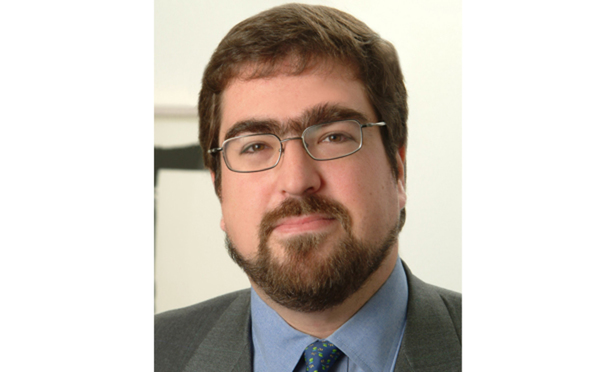Last month, the U.S. Supreme Court decided American Broadcasting Cos. v. Aereo, which held that the technology company Aereo infringes copyright holders’ exclusive right to public performance under the Copyright Act. The decision relies on a broad interpretation of the act and an interpretive philosophy that may present practical challenges to technology lawyers and their clients. Understanding those challenges requires taking a close look at the opinion, its context and its history.
TV Transmission: A (Short) History
Once upon a time, before cable, everybody got their television signal—for free—over the air. The broadcast networks transmitted a signal via radio waves and people had antennas on their TVs or their roofs that routed these signals to their TVs. Broadcasters were paid by advertisers, and creators of the television programs were paid by broadcasters (sometimes networks produced their own programs), and everything worked out nicely without costing the viewers anything beyond the price of the TV equipment.
This content has been archived. It is available through our partners, LexisNexis® and Bloomberg Law.
To view this content, please continue to their sites.
Not a Lexis Subscriber?
Subscribe Now
Not a Bloomberg Law Subscriber?
Subscribe Now
LexisNexis® and Bloomberg Law are third party online distributors of the broad collection of current and archived versions of ALM's legal news publications. LexisNexis® and Bloomberg Law customers are able to access and use ALM's content, including content from the National Law Journal, The American Lawyer, Legaltech News, The New York Law Journal, and Corporate Counsel, as well as other sources of legal information.
For questions call 1-877-256-2472 or contact us at [email protected]



